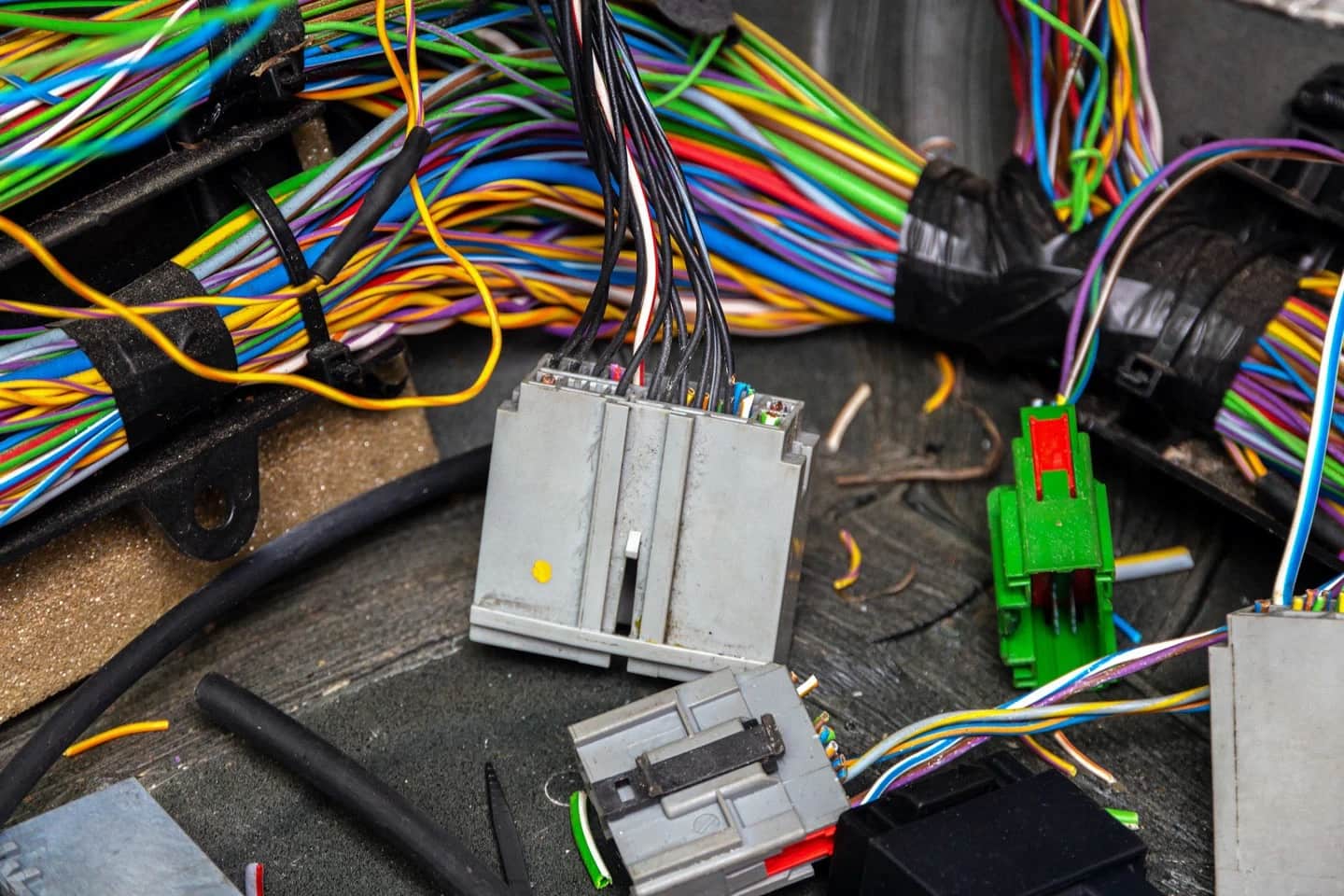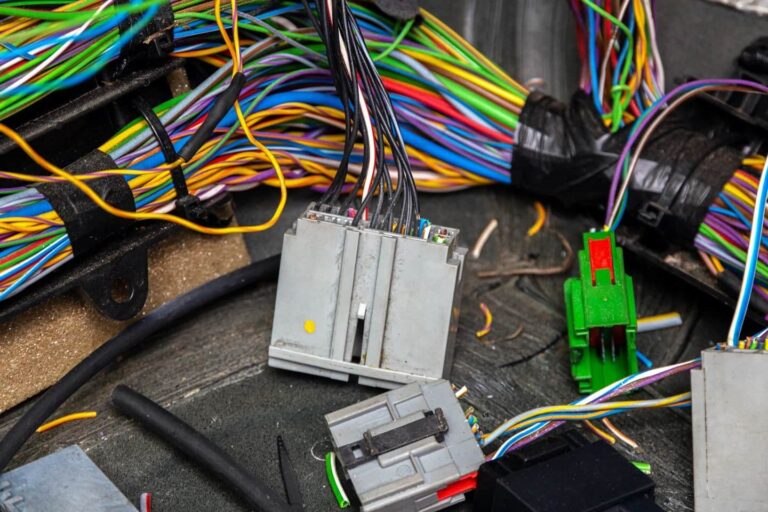So, you’re wondering if you can sell a car without a title. The short answer is Yes, it’s possible – but only under specific circumstances and with the right paperwork. While a missing title can make selling your vehicle more complicated, there are legitimate reasons for not having one. Maybe it was lost, stolen, damaged, or still held by a lender due to an active loan. In rare cases, the car might be an antique or inherited, and the original title was never transferred.
Before jumping into the selling process, it’s important to understand that car titles are legal proof of ownership. Without it, selling a car becomes a sensitive issue. Let’s break down everything you need to know about selling a car without a title, how state laws affect the process, and what steps you can take to make the sale legal and secure.
Why Does State Regulation Matter?
The rules for selling a car without a title vary depending on your state. Some states allow the sale of title-exempt vehicles (usually older than 25 years), while others strictly prohibit transferring ownership without an official title.
If your vehicle was financed, the lender may still hold the title until your loan is fully paid. In this case, even though you drive the car, you aren’t the legal owner – the lender is. Once the loan is paid off, the title should be released to you.
Selling a car without a title in your name is illegal in most states, as it can suggest the vehicle was stolen or improperly obtained. That’s why it’s essential to verify your legal ownership first.
Tips to protect your title from loss or theft:
- Never leave your title inside your car. Someone could steal it and attempt to transfer ownership illegally.
- Store it in a secure location like a home safe or safety deposit box.
- Make a photocopy of your title. This will help you replace it easily if the original is lost or damaged.
In some states, like Alabama or Vermont, older vehicles are title-exempt if they’ve been in the same family for decades. However, you’ll still need a bill of sale to prove ownership before selling.
Option 1: Replace the Lost or Damaged Title
The most straightforward way to sell a car without a title is to apply for a replacement. You can usually request a duplicate title through your local Department of Motor Vehicles (DMV).
Here’s how:
- Visit your DMV website and download the replacement title form.
- Provide your vehicle identification number (VIN), registration details, and personal identification.
- Pay the required processing fee (typically $10–$25).
- Wait for your replacement title to arrive – usually within 1–3 weeks.
Once you receive the new title, you can legally transfer ownership to the buyer. This is the safest and most reliable method of selling your car.
Option 2: Selling a Car with a Lien
If your car still has a lien, meaning you owe money to the lender, the lender holds the title until the loan is paid in full. In this situation, you can still sell your car, but you’ll need to coordinate with the lender.
Steps to sell a car with a lien:
- Contact your lender to find out the payoff amount (the total due to clear the lien).
- If selling privately, arrange the transaction at the lender’s office so the buyer can pay the lender directly.
- Once the lien is paid off, the lender will release the title and transfer ownership to the buyer.
This approach builds trust with buyers since the financial institution handles the paperwork securely.
Option 3: Selling Through a Car Dealer
If dealing with loan paperwork or title replacement sounds stressful, selling through a car dealership can simplify the process. Dealers are experienced in handling liened or missing-title vehicles.
When you trade in or sell to a dealership:
- They will contact the lender directly.
- The dealer will pay off the remaining balance on your behalf.
- The remaining value (if any) will be credited toward your new purchase or given to you as cash.
This is a convenient method, especially if you’re trading in your vehicle for another car. However, keep in mind that dealerships usually offer slightly lower prices than private buyers.
Option 4: Execute the Sale at the Lender’s Office
Another effective method is completing the sale directly at the lender’s office. This ensures that all parties – the seller, buyer, and lender – handle the transaction in one place.
Here’s how it works:
- The buyer pays the lender the payoff amount.
- The lender releases the lien and transfers the title to the buyer.
- The remaining funds (if the car’s value exceeds the loan balance) go to the seller.
This method provides transparency and eliminates the risk of miscommunication or delayed payments.
Option 5: The Buyer Pays the Lien Directly
If you can’t meet at the lender’s office, the buyer can pay the lender directly using a cashier’s check or wire transfer. The lender will then issue the title to the buyer once the balance is cleared.
This approach gives the buyer confidence that the lien is paid off immediately and that the sale is legitimate.
Option 6: Use an Escrow Account for Added Safety
An escrow service acts as a neutral third party to manage the transaction securely. The buyer deposits the payment with the escrow company, and once the title transfer is confirmed, the money is released to the seller.
While escrow is more common in real estate, it’s an excellent option for high-value or long-distance vehicle sales.
Warning: Some fraudulent escrow services exist. Always verify that the escrow company is reputable before agreeing to use their services. A legitimate escrow ensures both parties are protected and prevents scams.
Option 7: Selling a Title-Exempt Vehicle
In states where title-exempt vehicles are recognized, you can sell the car legally using a bill of sale instead of a title. This typically applies to vehicles older than 25 years.
If you live in Vermont, for example, the state requires both parties to complete and sign a bill of sale form. Some states may also require notarization for extra legal security.
Steps to sell a title-exempt vehicle:
- Complete a state-approved bill of sale form.
- Visit a public notary (if required by your state).
- Fill out any required DMV forms for ownership transfer.
- Pay the applicable fees and submit inspection certificates if necessary.
Always check with your local DMV to confirm whether your vehicle qualifies as title-exempt and what additional documentation may be required.
Final Thoughts
While selling a car without a title can be complicated, it’s not impossible. Depending on your situation, you can request a replacement title, work through your lender, or use legal documentation like a bill of sale. Always confirm your state’s regulations before proceeding, as the rules can differ significantly.
Whether you’re selling a financed car, a classic vehicle, or an inherited one, following the right steps will protect both you and the buyer – ensuring a smooth, legal, and trustworthy transaction.
FAQs
It depends on your state. Some states allow it if you provide a bill of sale or replacement title request, while others prohibit it entirely.
Visit your local DMV, complete the replacement title form, provide proof of identity and ownership, and pay the processing fee.
Yes. You can sell it by coordinating with your lender to clear the lien and release the title to the buyer after payment.
A bill of sale serves as proof of transaction and ownership transfer. It includes the vehicle details, sale price, and both parties’ signatures.
Use an escrow service, meet at the lender’s office, and verify all payments before transferring the vehicle to ensure a safe and legitimate transaction.











